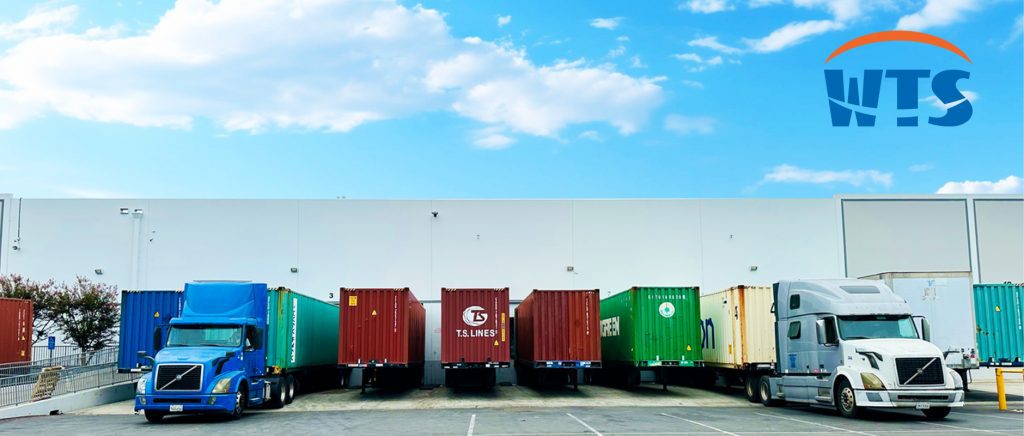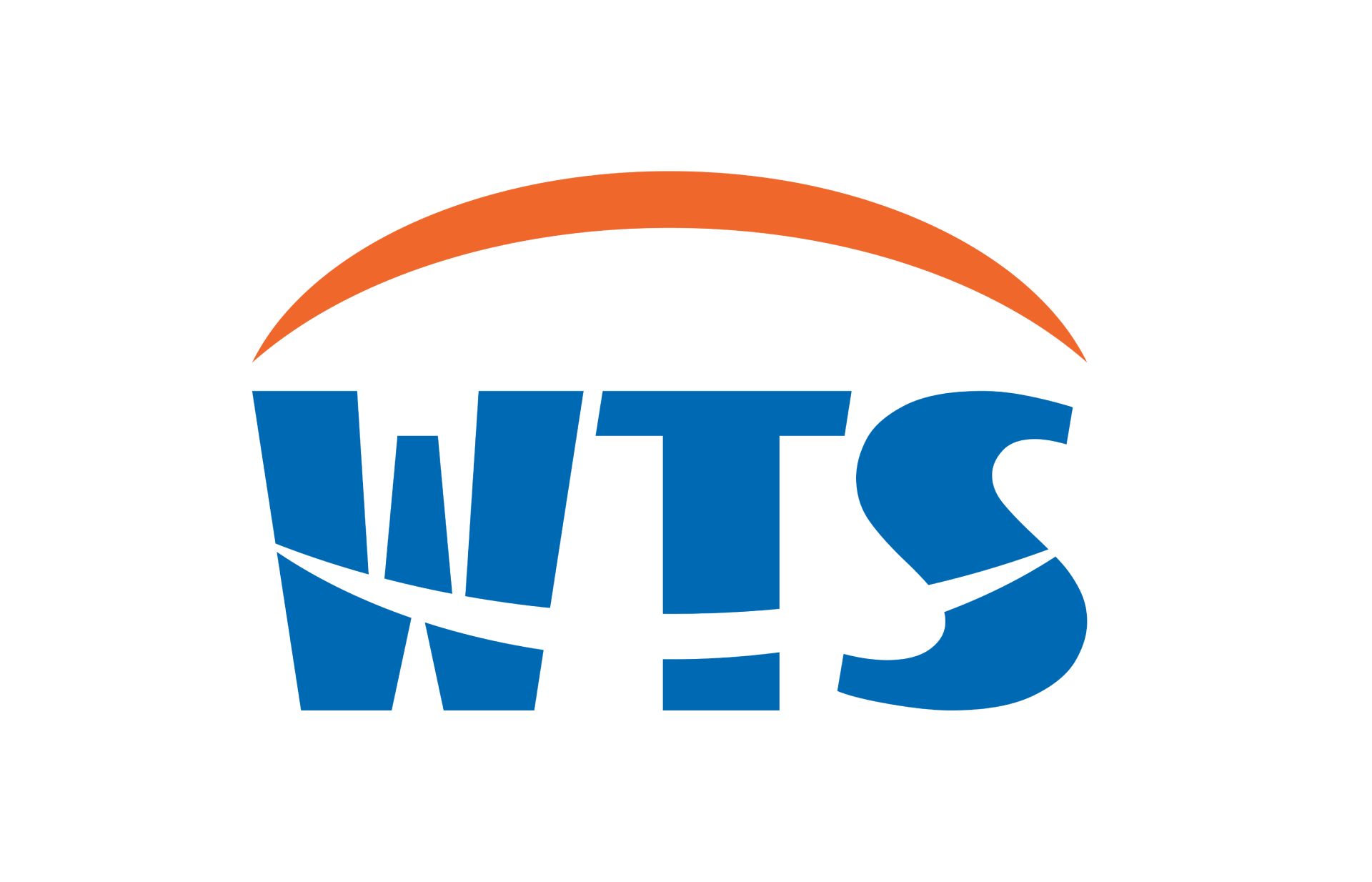
Freight giant DHL has also announced a new rate adjustment program, although unlike UPS and FedEx, DHL’s rate increase strategy has significant regional differences.
According to DHL’s announcement, starting from January 1, 2025, transportation costs in Hong Kong, Macau, and Taiwan will increase by an average of 4.9%; The average freight cost in Japan has increased by 6.9%; The average shipping cost in Australia has increased by 4.9%. In addition, DHL has adjusted the fuel surcharge rate to 24.5% from October 1st to October 31st, 2024.
Cost control and efficiency improvement in every step of the process from raw material procurement, production, warehousing to distribution. Utilizing overseas warehousing services for local shipments to significantly reduce international long-distance transportation costs.
Lorem ipsum dolor sit amet, consectetur adipiscing elit. Ut elit tellus, luctus nec ullamcorper mattis, pulvinar dapibus leo.
Lorem ipsum dolor sit amet, consectetur adipiscing elit. Ut elit tellus, luctus nec ullamcorper mattis, pulvinar dapibus leo.

